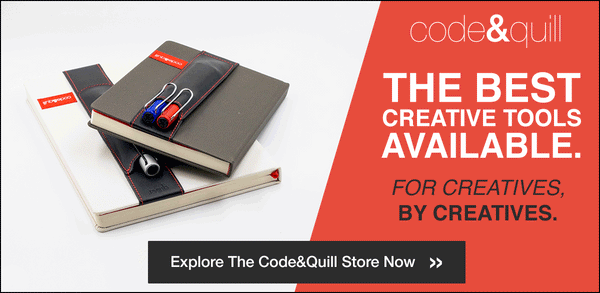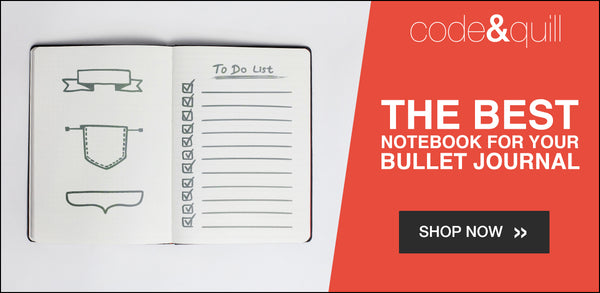New Year's Resolutions: Why Most Fail (and How to Succeed)


It’s the season for resolutions—but soon the partying will pass and we'll have that sober conversation with ourselves:
Now that another year is starting, how should I change? What will make me better? What should my 'New Year's Resolution' be? (And how can I hold myself to it?)
Here's the sobering reality: the vast, vast majority of New Year's resolutions will fail. For example, Forbes reported that only 8% of people who set a New Year’s resolution will actually achieve it during that year.
Frankly, the odds are against you. But we’re not cynical about New Year’s resolutions. An 8% chance of success still means 12-to-1 odds. To ambitious people (and gambling folk), those are decent odds of winning if you can play smart.
This week, we're calling out the novice mistakes we see in most resolutions—including yours. We've also included our prime advice for turning your wishy-washy wants into sharp instruments of purpose.
Why 92% Fail
Most people don't even realize what a resolution is. It's a statement of determination, but it's meant to be specific.
In other words, a New Year's resolution isn't just a wish—it's a decision requiring you to consider specific details and context.
Hence, the biggest problems with everyone's New Year's resolutions:
Problem 1: THEY'RE EXCITING AND NUMEROUS
Wanting isn't specific. Anyone can genuinely want anything. (That's one of the major bugs in the human code.)
We're good at picturing things. The fun of wanting is that, if only in your mind, you can have it all—and right now. If you want to be rich, pretty, and famous, you picture it as though you'll wake up tomorrow morning and never struggle through real life again. Fun thought, right?
But here we all are. The cruelty of New Year's resolutions is that, for one week a year, they help us confuse wishing for willpower. That probably helps explain the 8% of people whose resolutions succeed: they realize this and choose wishes they'll be able to follow through later.
Problem 2: THEY'RE UNCOORDINATED
Pretend you have to "budget" your wanting. What do you want most? Focus your energies on two goals, not twelve—and realize this might mean you have to save certain goals for next year.
And however much this question might annoy some of you: how do you quantify when you've gotten what you want? If you're saving money, how much? If you're losing weight (or gaining muscle), what's your target number? If you're improving your relationships or habits, which ones and why?

Get granular. Write down the details and make a plan for fulfilling your resolution(s) in 2017. You might find that the details are helpful for two things: for visualizing those goals, but also, for beginning to motivate yourself with your own concrete successes.
Problem 3: THEY FEEL LIKE THEY'RE FREE BUT THEY'RE TOTALLY NOT
Thinking in terms of concrete success is important—because sooner or later, everyone realizes that their New Year's resolutions have concrete costs. (Very literally, in the case of people who vow to get back into the gym.)

Whether or not fitness is your goal, the gym's example makes visible the biggest weakness of most self-improvement efforts: that they don't properly account for pain. Most people remember that the gym takes time—but forget that it just plain hurts to go to the gym. (Newcomers have it even harder, since they're more likely to be insecure while there.)
This is part of the reason you pick your battles. Losing 30 pounds AND saving $5,000 AND getting promoted might all be awesome, hugely-fulfilling goals—that you're totally capable of accomplishing! But each one likely requires lots of effort and lots of time. The effort and time are worth the reward if you can focus down the goal—but if you spread yourself thin, it'll all go to waste.
Check out our collection of notebooks — designed for creatives, by creatives.
Our Best Advice First
The best advice we could share about New Year’s Resolutions is this: whatever your goal, tend to it every single day.
The mantra we’ve heard before is “D.O.T.” or Do One Thing. It mostly explains itself: whatever your goal, make at least one step towards that goal each day (even if all you do is write down that you couldn’t do anything else).
The rule of D.O.T. seems to drive many people who use a bullet journal. In the past year, we gave bullet journaling a try and then shared our findings, of which two big ones were:
(A) That it’s way easier to approach bullet journaling when you realize how quick and immediate it can be, how simple most entries will be (hence the name “bullet journaling”), and
(B) That a BuJo becomes a rich “external brain” over time, sometimes surprisingly so, once you’ve made a habit of collecting certain thoughts there.
For our own efforts, we've drawn tons of inspiration from our very own Code&Quill creative community. Like from Sarah (@tabayag), who impressed us with her planning layouts and precious pup...
( Shameless plug time: While we're talking about it... on the hunt for the best notebook to suit your bullet journaling? Check out ours here!)
The other beauty of D.O.T. is that it helps create habit—the lack of which causes so many resolutions to fail. According to an online poll of Australians, 33% of resolutions fail because the owner doesn’t track them, and another 23% just plain forget about their resolutions.
So: part of the trick to success is keeping your resolution in daily focus.
It makes sense, then, that a habit like bullet-journaling could mean the difference between your success and your failure. We can teach you how to remember some things without writing them down, but after all, the whole point of writing is to make ideas more permanent and visible than your mind can manage alone.
Other Advice to Make the Top 8%
Now re-examine your resolution. If you think it's weak in some way, consider the following:
Figure out what you actually want. Test your resolution by pitting it against its competitors, the other things you might want to do. If you were guaranteed that only one thing would go right this year, what would you want it to be?
Write everything down. Write your resolutions down, write the plans down, write your progress down. If you don’t put it in writing, it’s at the mercy of your memory. Even a perfect memory can never show you, with objectivity, what was committed in words and how progress trends over time.
Talk to others about the goal, especially people who know more about it. Partly, setting up “accountability partners” is a good idea, but partly also, you may learn a lot you didn’t know about your goal, and you may find some surprising sources of encouragement along the way.
Give yourself time and space. Even people who are doing everything right feel discouraged sometimes. And, hey, life happens; when things beyond your control get in the way, you don’t deserve to feel like a failure. One specific tip is to allow yourself all year to accomplish the resolution; that way, you’ve got some built-in padding.
Before you go, plan on your next steps to take action.
For us, that involves with documenting our goals, thoughts, and initiatives. We do this with the best gear for creatives—a Code&Quill notebook.
Check out our collection of notebooks—designed for creatives, by creatives—now.
If you're in the market for a notebook, head on over to our store!
If you want more than one, check out our discounted notebook bundles!
If you just wanna say hi or look at pictures, come see us on Facebook or Instagram.






Now if only I had a few Code & Quill books to write down my photography goals and resolutions, I’d be set. Haha. Great blog; I’m glad I’ve stumbled onto your company… I’ve never heard of it until just now.
As a fine art photographer and graphic designer, I absolutely love to see companies focus on the finer details. I feel that far too many see through ‘good enough’ eyes, and that’s a sad state of affairs. I’m happy you are focusing on a quality product as well as a quality experience.
Cheers!
Kevin
www.kevinhollidayphoto.com
Love these tips! I should write them down somewhere…. :)
Leave a comment